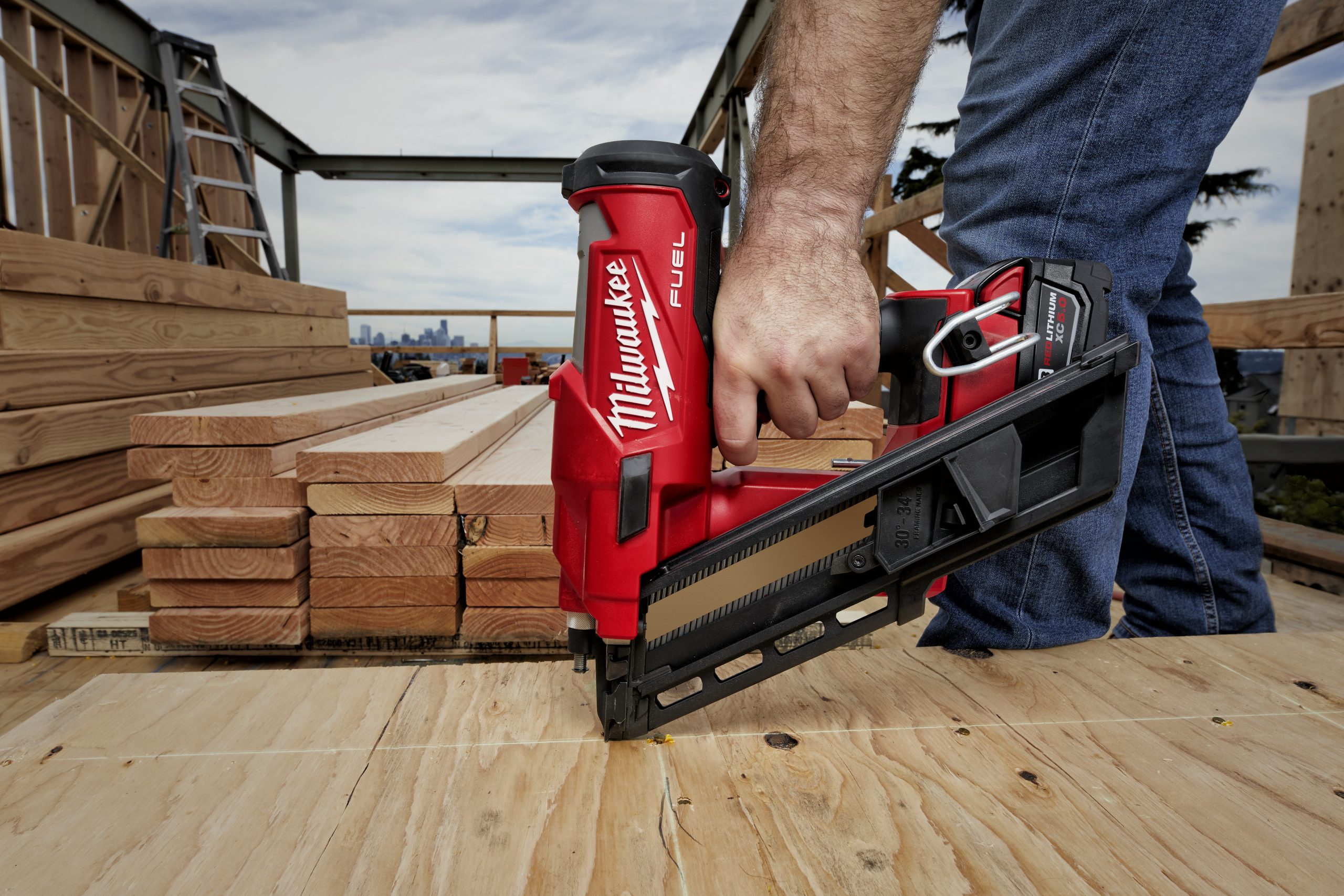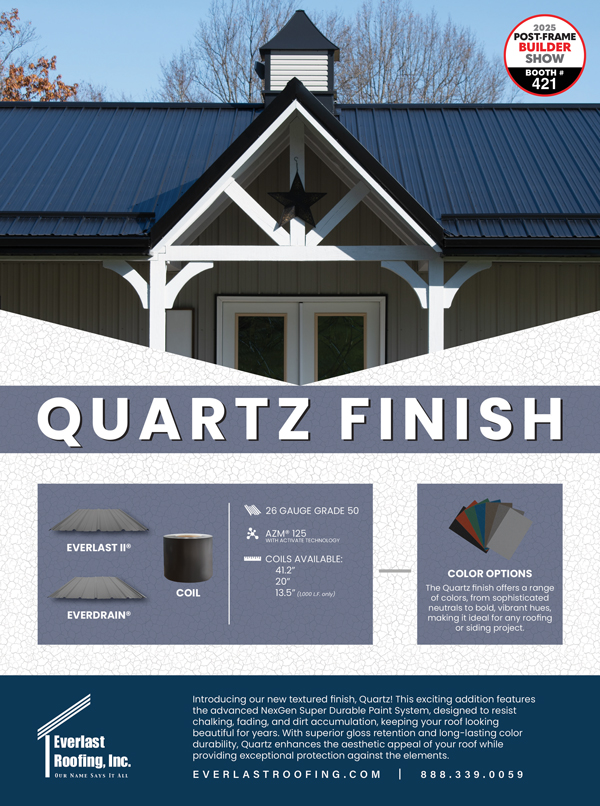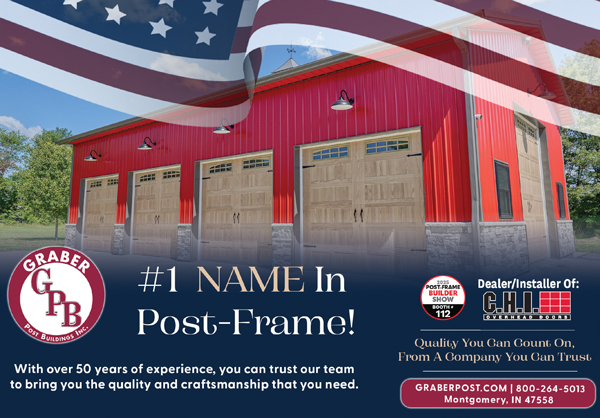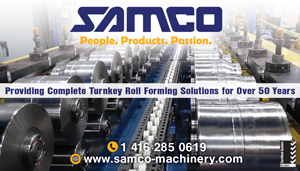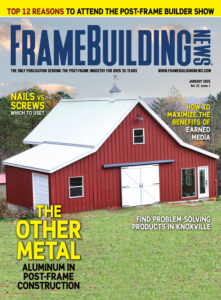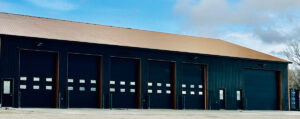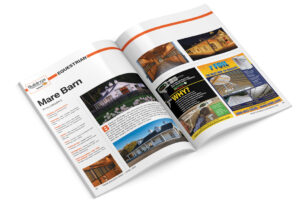By Frame Building News Staff
The Cleveland Clinic defines a Repetitive Strain Injury as “damage to your muscles, tendons, or nerves caused by repetitive motions and constant use.” They’re also sometimes called repetitive stress injuries.
They list these injuries as commonly occurring at fingers, wrists, elbows, arms, shoulders, and knees. All of the upper body joints are involved in one of most ubiquitous activities in post-frame construction: driving nails.
Examples of common RSIs are:
Carpal tunnel syndrome
Carpal tunnel system occurs when pressure hits the median nerve. The median nerve runs between a ligament on the back of the hand/wrist and the small bones at the base of the hand. Symptoms include weakness or numbness in the ring, middle, index fingers, or thumb.
Ergonomic considerations to prevent carpal tunnel include keeping a straight wrist when using tools, and decreasing strong gripping when the wrist is flexed.
De Quervain’s tendinosis
Tendinosis is a tendon inflammation. A tendon is fibrous connective tissue that attaches muscle to bone. De Quervain’s tendinosis occurs when the tendons attached to the thumb swell. This swelling prevents the tendon from moving freely. This results in pain or a popping sensation when the thumb is moved.
Although more common in women, this can be caused by driving nails or a blow to the hand.

Trigger finger or trigger thumb
Trigger finger or trigger thumb occur when the digit freezes in a flexed position. With the index finger, the position is similar to pulling a trigger. This occurs when the tendons swell and no longer move freely. Symptoms include pain or stiffness when bending fingers, often to the extent where the finger must be straightened by the other hand.
Tennis elbow and golfer’s elbow
Both of these are the result of inflammation of elbow tendons. Tennis elbow affects the tendons on the lateral (outside) of the elbow. Golfer’s elbow affects the tendons on the medial (inside) of the elbow.
These are caused when the muscles that flex or extend the forearm fatigue. Chronic overloading contributes to tendinosis for the tendons associated with the flexors and extensors. Symptoms include stiffness or pain around the elbow when bending or twisting the arm.

Your Potential Financial Exposure
Carpal tunnel syndrome, De Quervain’s tendinosis, trigger finger/thumb, and tennis elbow are the most common RSI and overuse injuries associated with driving nails on a jobsite. The University of Notre Dame and National Safety Council estimate that musculoskeletal disorders (including RSI) result in the affected employee missing an average of 14 days of work per occurrence.
According to the National Safety Council, the a typical workers compensation case for carpal tunnel syndrome costs $33,477 (roughly $16,000 in medical fees and $17,000 in indemnity). A typical case for a strain or sprain is similar.
It is not within the scope of an article to diagnose or recommend treatment for a specific injury. Generally, treatment involves rest, ice, and anti-inflammatory drugs.
In 2020, the construction industry experienced over 74,000 non-fatal injuries resulting in missed work days, with an average of 14 missed days.
Creative Solutions
The obvious best alternative is to prevent injuries. To reduce the number of RSI from driving nails, manufacturers incorporate several design functions. Most of the solutions are apparent if you apply basic engineering principles to the specific joints and movements.
The two simple solutions are 1) reduce the stress on the joint and 2) make the joint stronger.
Reducing the weight of the hammer reduces stress while nailing. The length of the hammer needs to be maintained to retain the ability to generate sufficient kinetic energy to efficiently drive nails. Maintaining size and reducing weight requires changing materials. This is the primary rationale for using titanium in hammers.
Joints are designed to support weight or absorb force along the axis of long bones. The long bones in the forearm are the post. If the wrist is neutral (no flexion/extension or abduction/adduction) the load-bearing portion of the hand is in direct alignment with the long bones (radius and ulna) and shear is minimized. This allows the hard parts (bones) to take most of the stress.
In the descriptions of the causes for the different RSI, they typically involve tendons. The more stress taken by the bones, the less placed on the tendons. Less stress on tendons prevents the inflammation that causes the problems.
Keeping the wrist in a neutral position results from the physical confirmation of the hammer. This is true for traditional hammers or any mechanical device to drive nails.
According to the National Safety Council, 65,000,000 work days were lost due to jobsite injuries occurring in 2020. The associated cost totals $163.9 billion or $1,100 per person.
When making a decision to purchase tools, or anything else, the two primary considerations are expense and value. One often overlooked aspect of value is the time and cost savings over the long term. Choosing tools to minimize injury minimizes the losses in time and capital associated with injuries. FBN


